I have recently acquired new materials for use in casing construction
The idea is that instead of locating a nozzle manifold on the inside of the rocket casing, it is placed directly on top, and then held in place with a external tube placed over top

Fuel Cast N Cored 
Nozzle Manifold Placed 
External Pipe Fitted & Glued 
Final Assembly With Retaining Ring
The first test did not perform as expected
Initial observation noted a strong start, followed by a significant amount of excess burn time (read, it burned 10 seconds longer than expected), and 2 columns of what I expect is un-reacted oxidizer (saltpetre)

| Weight Before Launch | 39.31 |
| Weight After Launch | 24.62 |
| Estimated Fuel Consumption | 14.69 |
| Peak Thrust | 113 Grams |
| Thrust Time | 2.3 Seconds |
| Burn Time | ±18 Seconds |

There must have been some form of chamber breach resulting in either a loss of pressure or loss of pressure build up, since it started nominally and burned for longer than normal
It was either that or a failure to start caused by the nozzle exhaust releasing enough pressure to stop the fuel burning quick enough after the igniter was ejected, but i am unsure of how to prove either of these cases
As for the columns, I have taken extensive photographs to document them
It has however been evident that the fuel mixture needs some work, since a lot of un-reacted saltpeter is always found at or behind the exhaust
I think this can be attributed to less than optimal mix of the ingredients, which is why I’m temporarily shifting focus to R&D for a better ball mill
I have ran out of fuel either way, so i find it best if i invest time now to make sure the next batch will be better, this is also why I’m temporarily changing the ratio of fuel and oxidizer (Saltpeter / Sorbitol) from 65% / 35% to a ratio of 60% / 40%, this is in an effort to reduce un-reacted reagents, though this mixture is on paper less ideal power wise (Source: Nakka-Rocketry)
This could also influence the casting process, for better or worse, but this has yet to be tested
As always, the raw data (In a 7-Zip archive):
I also recommend Notepad++ for viewing and editing
On to R-10

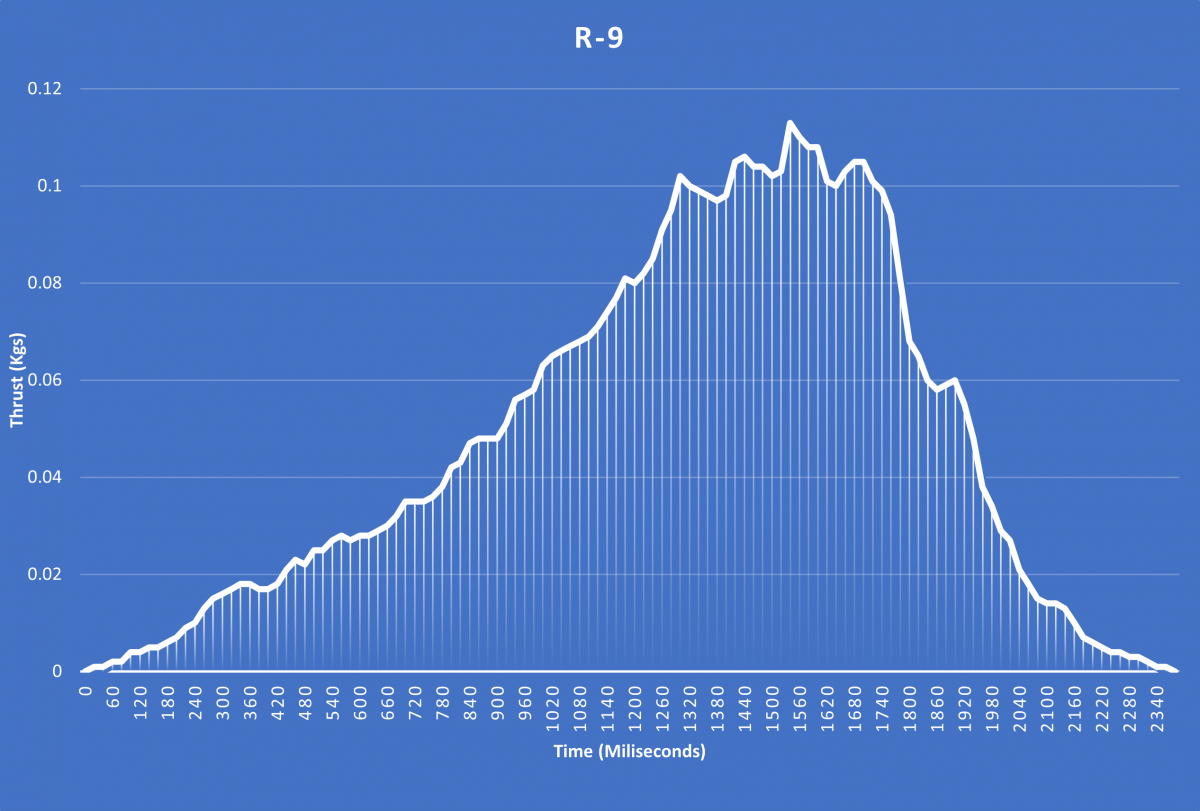
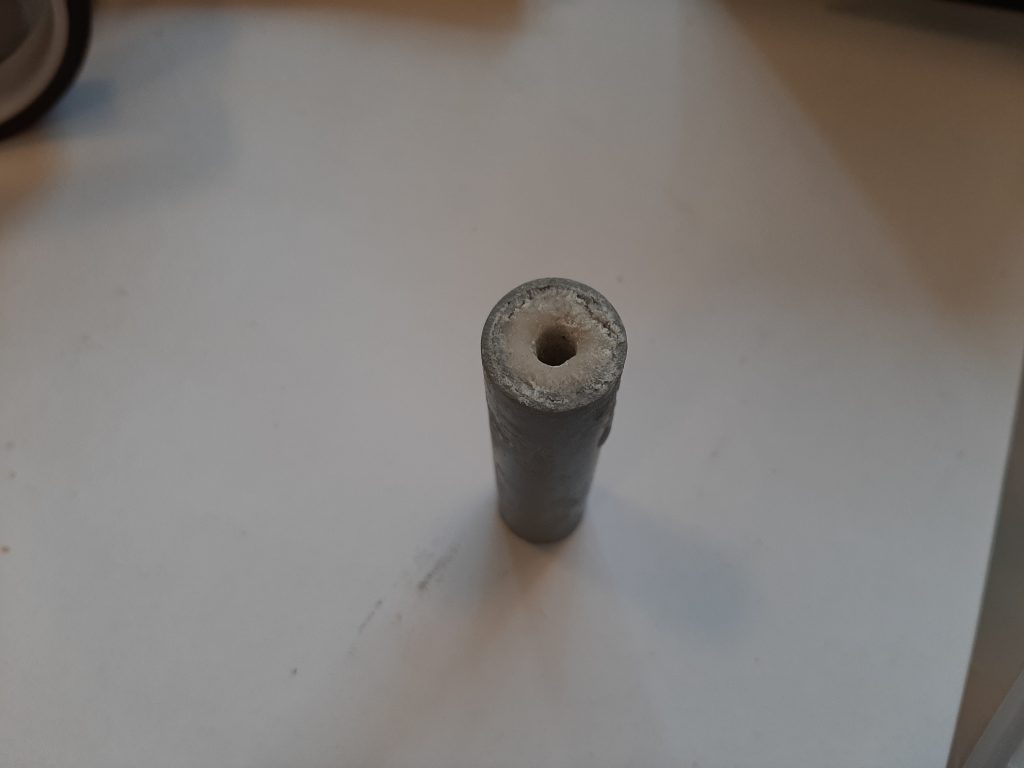
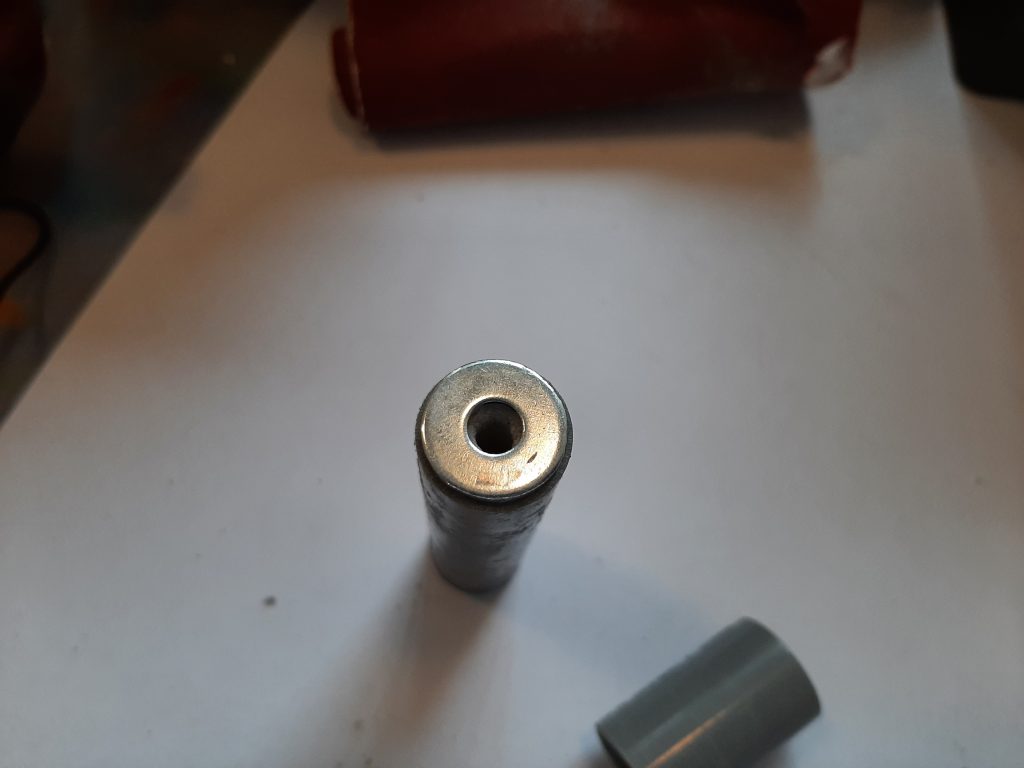
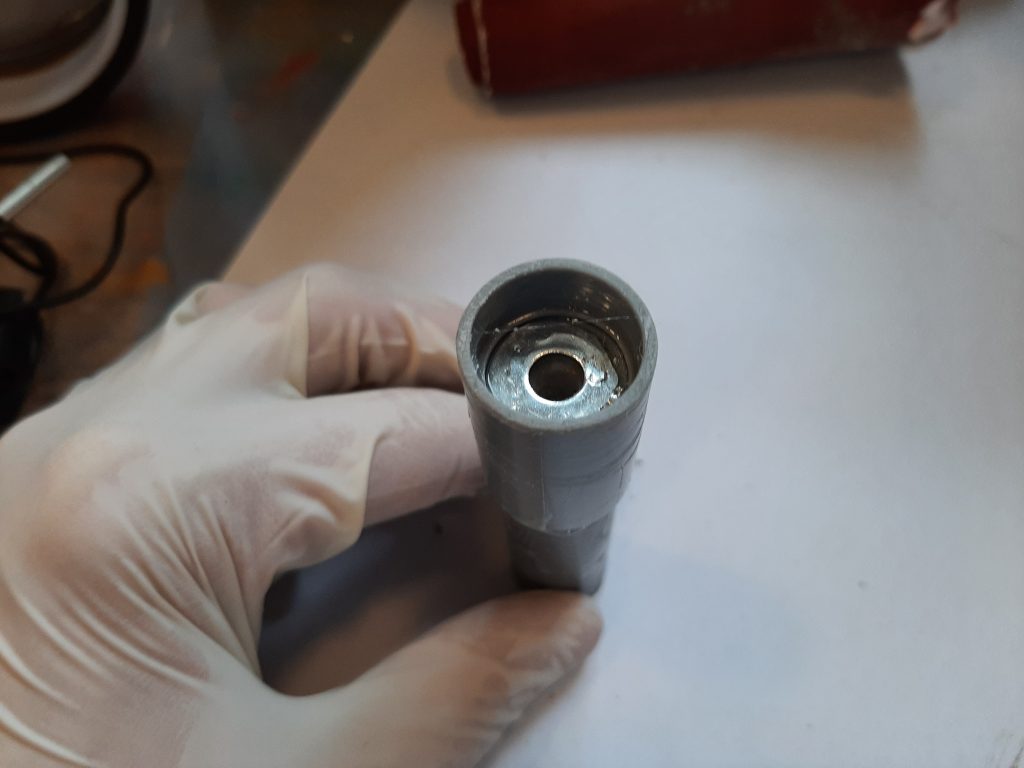
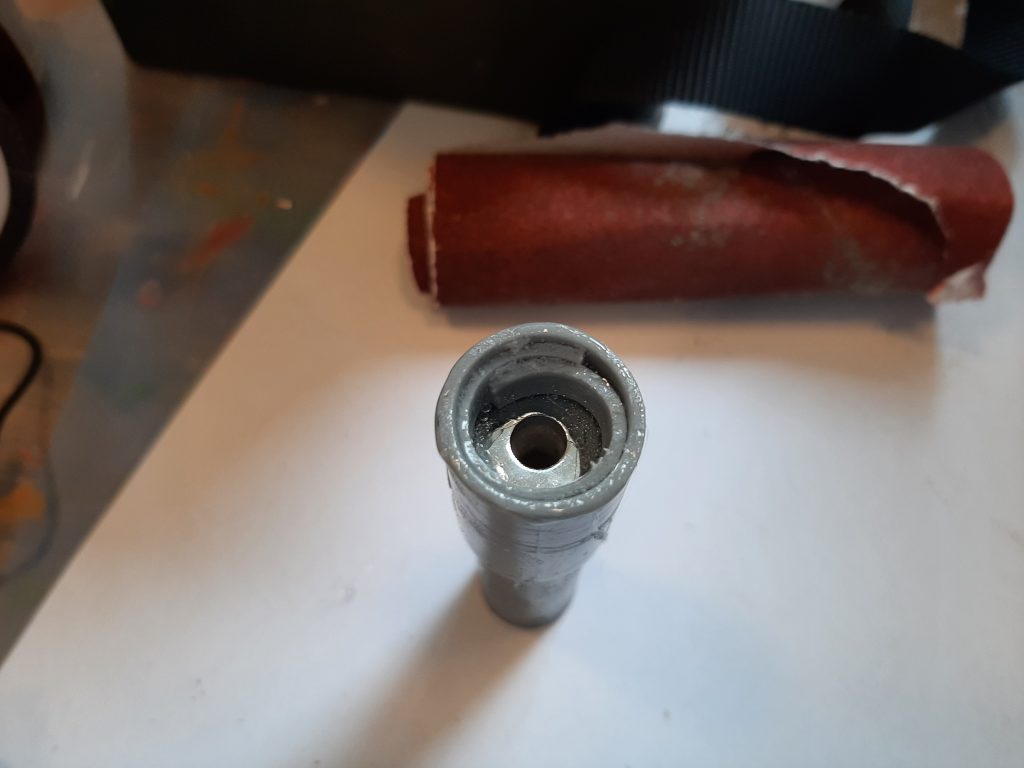
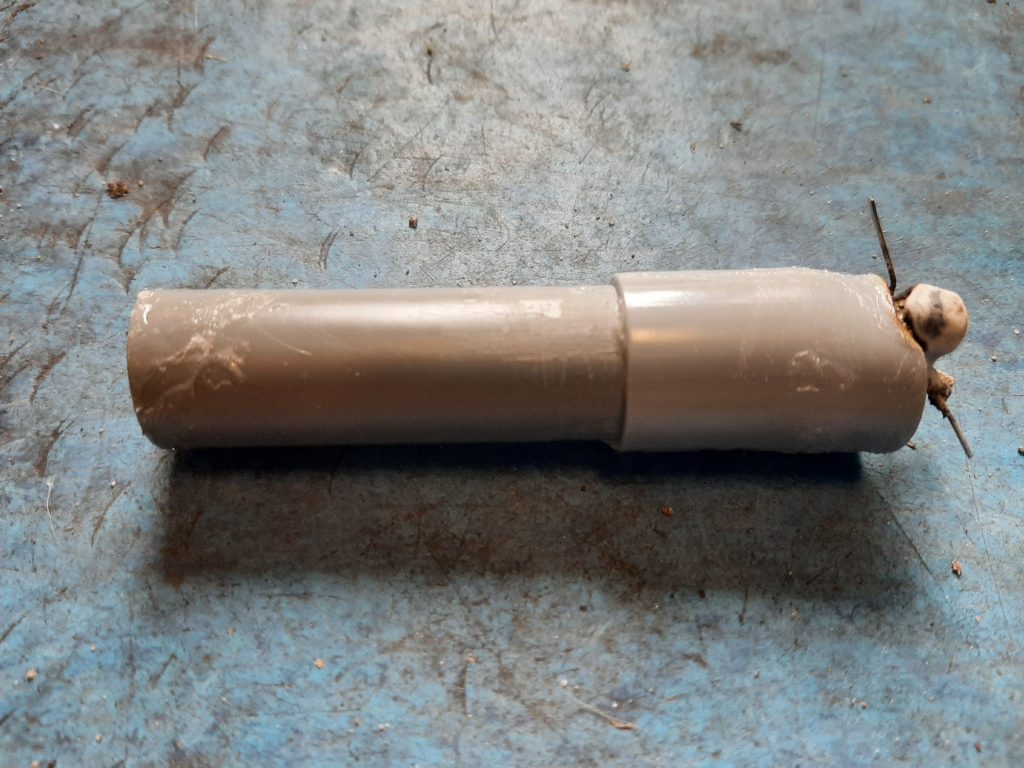
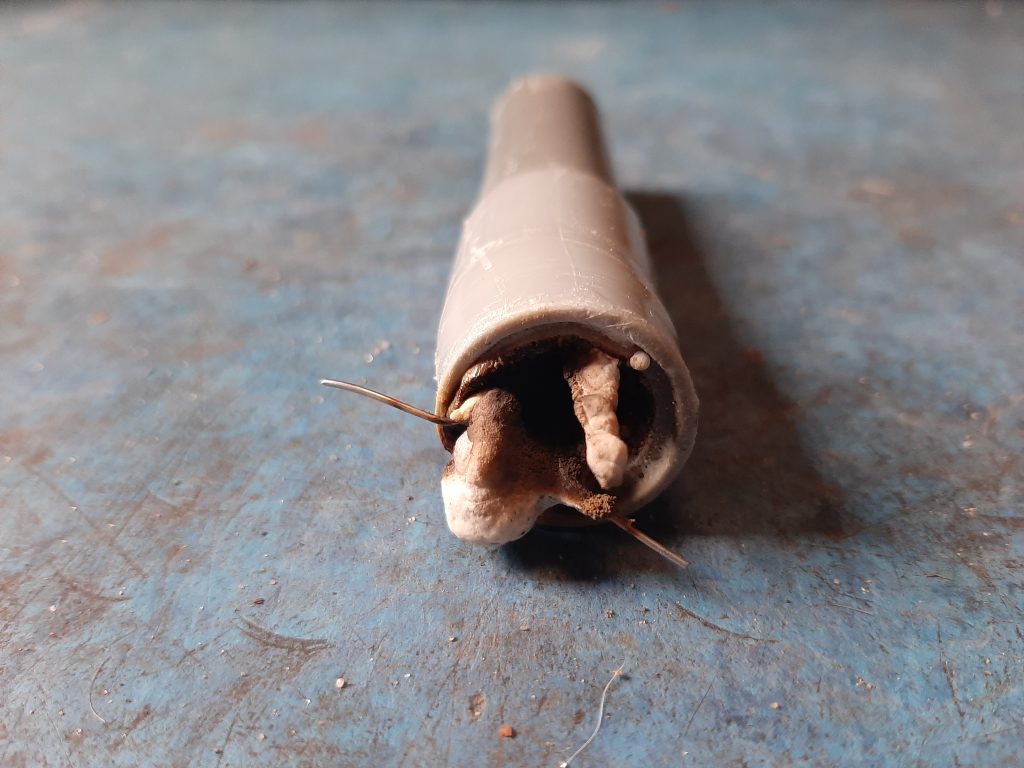
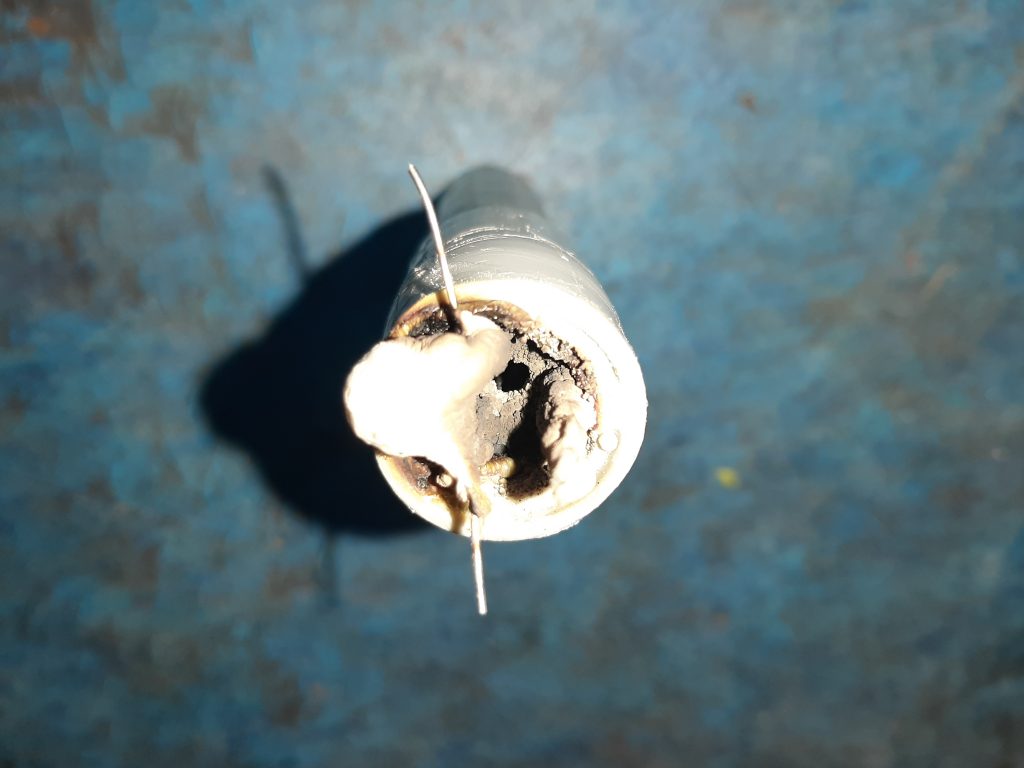

One thought on “R-9 Test Results”